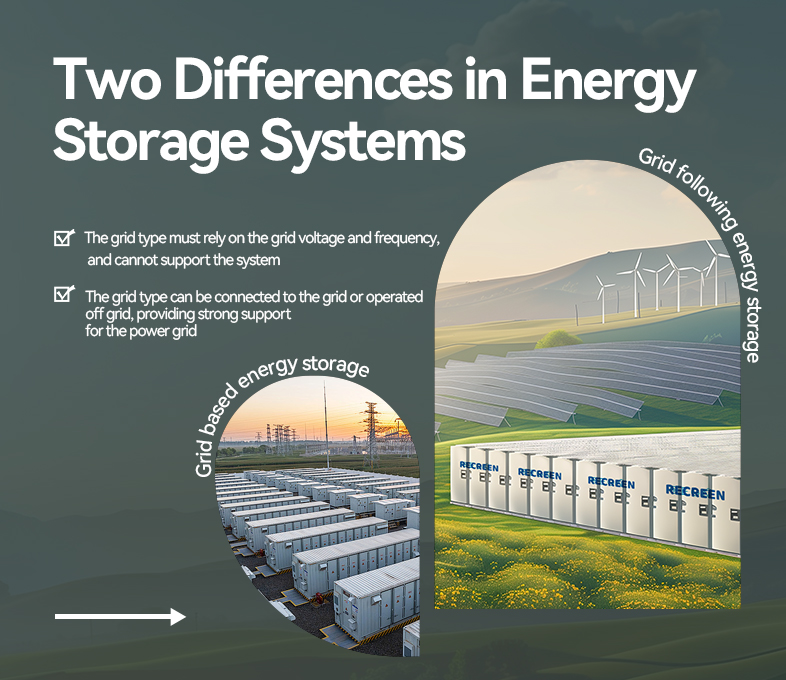The application scenarios and revenue models for commercial and industrial (C&I) energy storage projects are diverse, with different scenarios suited to different profit strategies.
Application Scenarios & Revenue Model Examples
1. Standalone Configuration (Factories & Shopping Malls)
-
Scenario: Factories and malls typically have stable power demand, especially during peak hours.
-
Revenue Models:
-
Peak-Valley Arbitrage: Charge at low-tariff off-peak hours, discharge at high-tariff peak hours to profit from price differences.
-
Backup Power: Ensure uninterrupted power during grid outages, minimizing downtime losses.
-
Demand Response: Participate in grid demand response programs, adjusting load per dispatch instructions to earn subsidies.
-
2. Solar + Storage Charging Stations
-
Scenario: Combines PV generation with storage to smooth output and reduce grid strain during peaks.
-
Revenue Models:
-
Peak-Valley Arbitrage: As above, leveraging time-of-use pricing.
-
PV Self-Consumption: Maximize solar utilization, minimize curtailment via “generate-store-use” cycles.
-
Spot Market Trading: In some regions, trade stored energy directly in electricity spot markets.
-
3. Microgrids (Industrial Parks, Islands, etc.)
-
Scenario: Enables energy self-sufficiency in remote areas or off-grid systems.
-
Revenue Models:
-
Energy Time-Shifting: Store off-peak power for peak-hour use, reducing reliance on main grids.
-
Load Management: Optimize demand via smart systems to cut peak charges.
-
Ancillary Services: Provide grid services (e.g., frequency regulation) for additional income.
-
Case Studies
Case 1: Factory Storage Project (Jiangsu, China)
-
Scenario: Manufacturing plant with daily peak demand (10 AM–4 PM).
-
Revenue Strategies:
-
Peak-valley arbitrage using Jiangsu’s tariff differentials.
-
Backup power during outages.
-
Demand response subsidies.
-
Case 2: Solar+Storage Charging Station (Industrial Park)
-
Scenario: Powers EV charging within the park.
-
Revenue Strategies:
-
Peak-valley arbitrage + PV self-consumption.
-
Spot market trading (where permitted).
-
Case 3: Island Microgrid (Off-Grid)
-
Scenario: Replaces diesel dependence for a remote island.
-
Revenue Strategies:
-
Energy time-shifting + load management.
-
Ancillary service fees from grid operators.
-





